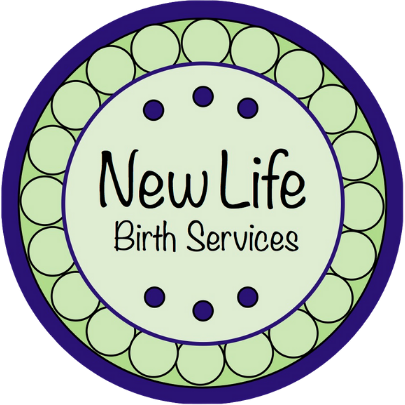Establishing a Good Breast Milk Supply
As parents, we naturally want to ensure that our children are well fed no matter how or what we choose to feed them. For parents choosing to breastfeed, a common question is “how do I make sure I make enough milk?” While there is no hard and fast answer to this question because every person is different, there are some general “best practices” when establishing breast milk supply.
First, let’s get the common supply myths out of the way:
My newborn is eating so often! I must not be making enough milk!
More than likely, your newborn is cluster feeding, which is a completely normal way to feed from time to time. This in and of itself isn’t cause for concern, though it can be physically and mentally draining on the parent. Watch for output in baby’s diapers, and if adequate, don’t fret. Cluster feeding is a normal part of feeding a newborn.
I never leaked during pregnancy, so I don’t think I’ll have a good supply.
Leaking colostrum during pregnancy is no indication one way or another of milk supply postpartum. It’s just something some experience and some don’t!
My baby prefers the bottle, so he/she must not be getting anything at the breast.
Bottle feeding is usually easier for babies because it takes some time for your milk to “let down”. Bottle fed babies can get accustomed to feeding with that ease, versus having to work a bit more to feed at the breast. If you plan to combination feed (feed at the breast and feed with a bottle), we recommend looking into paced bottle feeding as it more accurately mimics breastfeeding.
Alright, so what are good practices for establishing a good breast milk supply?
First and foremost, start early and often!
As soon as your baby is born, skin-to-skin contact encourages breastfeeding. If you’re able to, keep baby skin-to-skin with you and feed as often as baby likes. Feeding or pumping on demand, especially in the early days, helps regulate and establish your breast milk supply.
And believe it or not, babies can’t tell time!
Feeding on a schedule isn’t always what’s best for milk supply, especially as you’re getting started. Watch your baby, not the clock, unless it’s been over 4 hours since your newborn has eaten… then wake them to feed.
As you begin your breastfeeding journey, pay close attention to baby’s latch.
A shallow latch won’t transfer milk as efficiently as a deep latch, which if left unaddressed may lead to supply issues down the road. A shallow latch may also cause nipple pain which makes breastfeeding uncomfortable or painful.
Not sure about the latch? Have more questions pertaining to supply?
A lactation consultant can help you with that! As mentioned above, every person is unique and the breastfeeding obstacles experienced are just as personal. That’s why personalized lactation support is so imperative!
Our IBCLCs provide in-home and virtual support for families in the Albuquerque area, assessing breastfeeding problems from large to small. Services are available on a sliding scale and some insurance plans are accepted as well. Prenatally, our Breastfeeding and Pumping Class is available in-person or virtually, and is tailored to each family’s unique goals to help set you off on your journey with confidence!
This post was made possible by a collaboration between Meghann Dallin, IBCLC, Carrie Aiken, CLC, and Jaelan Mincey, CD(DONA).
